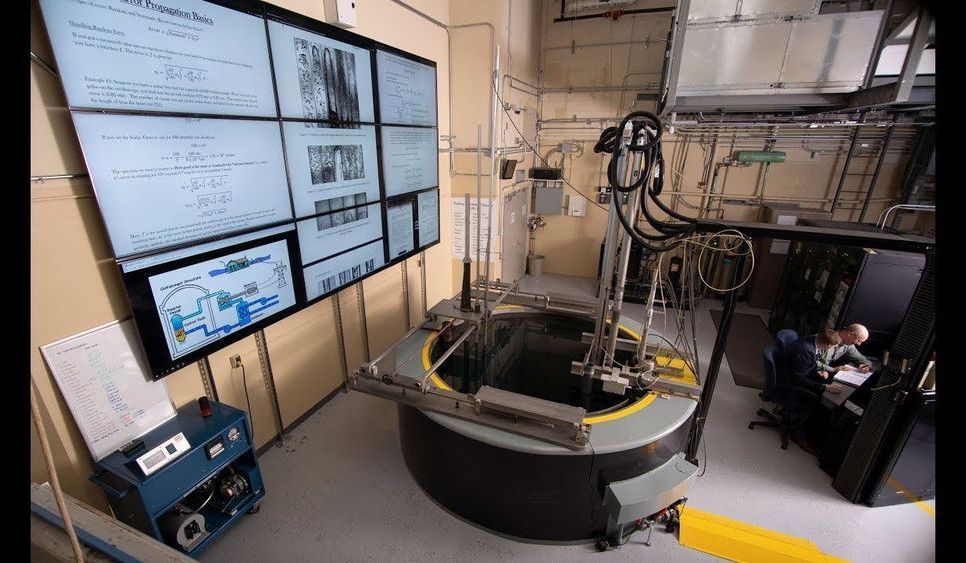“We can send signals to areas, such as schools in developing countries, that do not have the luxury of their own nuclear reactor facility and the associated educational infrastructure.” said Seungjin Kim, head of the Purdue’s School of Nuclear Engineering, in a July announcement. “As long as they have internet and this partnership with Purdue, they can see and study how the reactor works.”
PUR-1’s completion comes amidst a hunt for the next generation of nuclear tech. There are traveling wave reactors, which would hypothetically consume today’s nuclear waste and has garnered the interest of investors like Bill Gates. Then there are thorium reactors, which would would use less uranium and produce far less waste in the first place and has been promoted by Democratic presidential candidate Andrew Yang. Neither technology has been put into civilian practice yet.
For now, the digital nuclear plant is here. While it likely won’t revolutionize the industry as the other two technologies could, digitization might make plants run more efficiently and drive a low risk of accident even lower.
